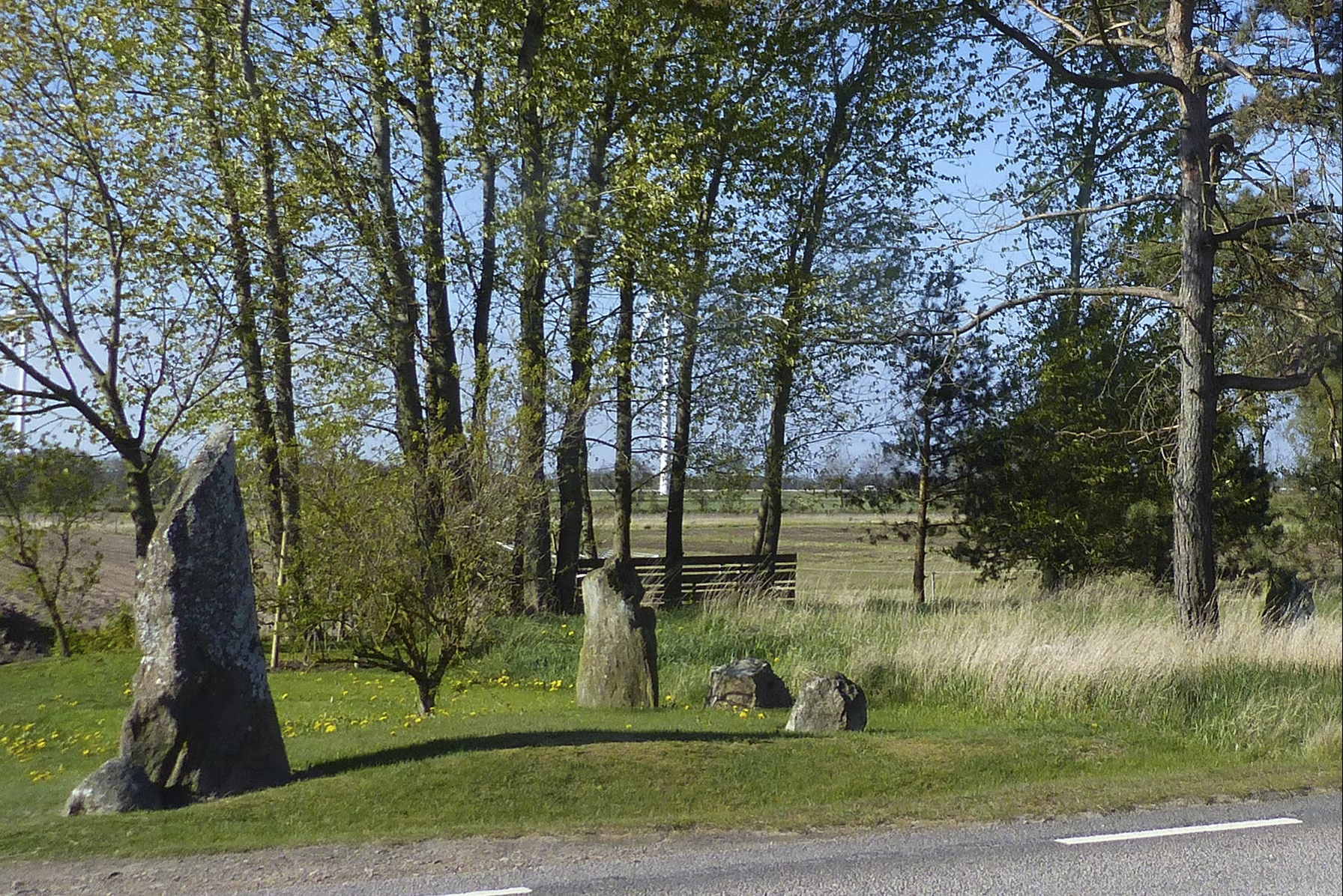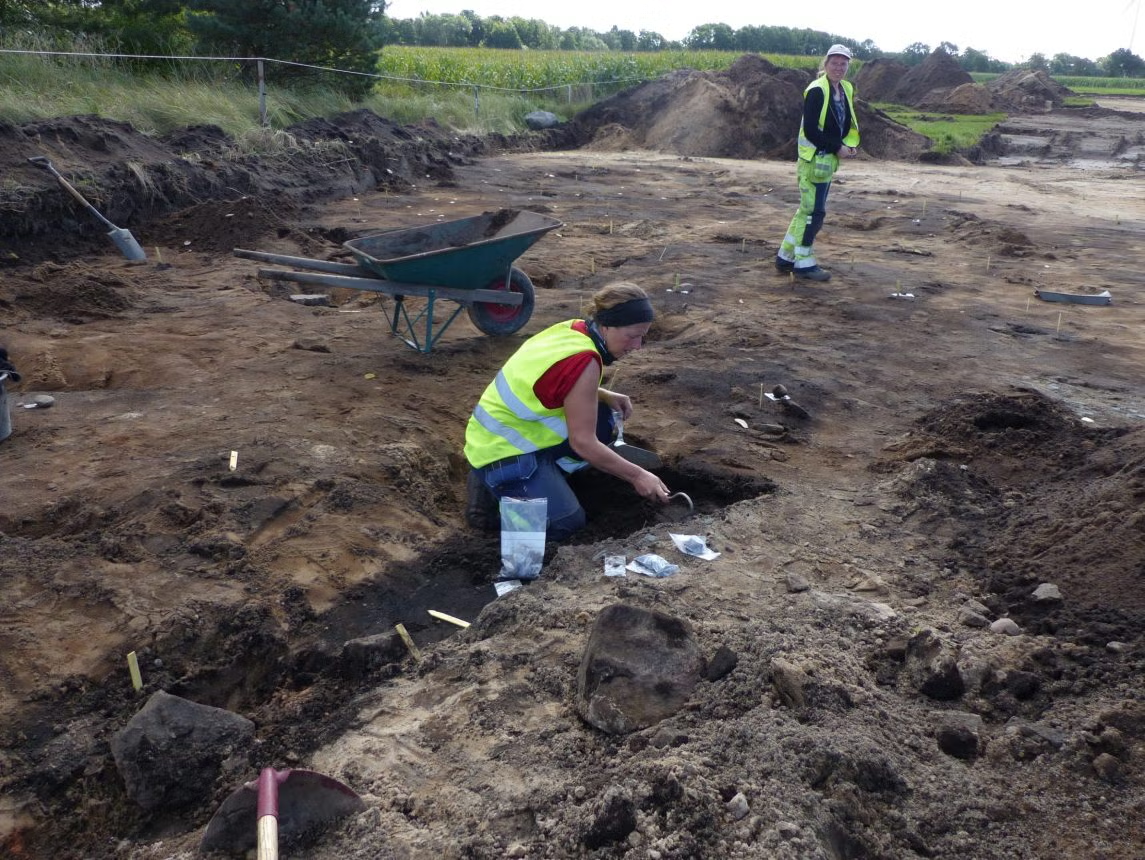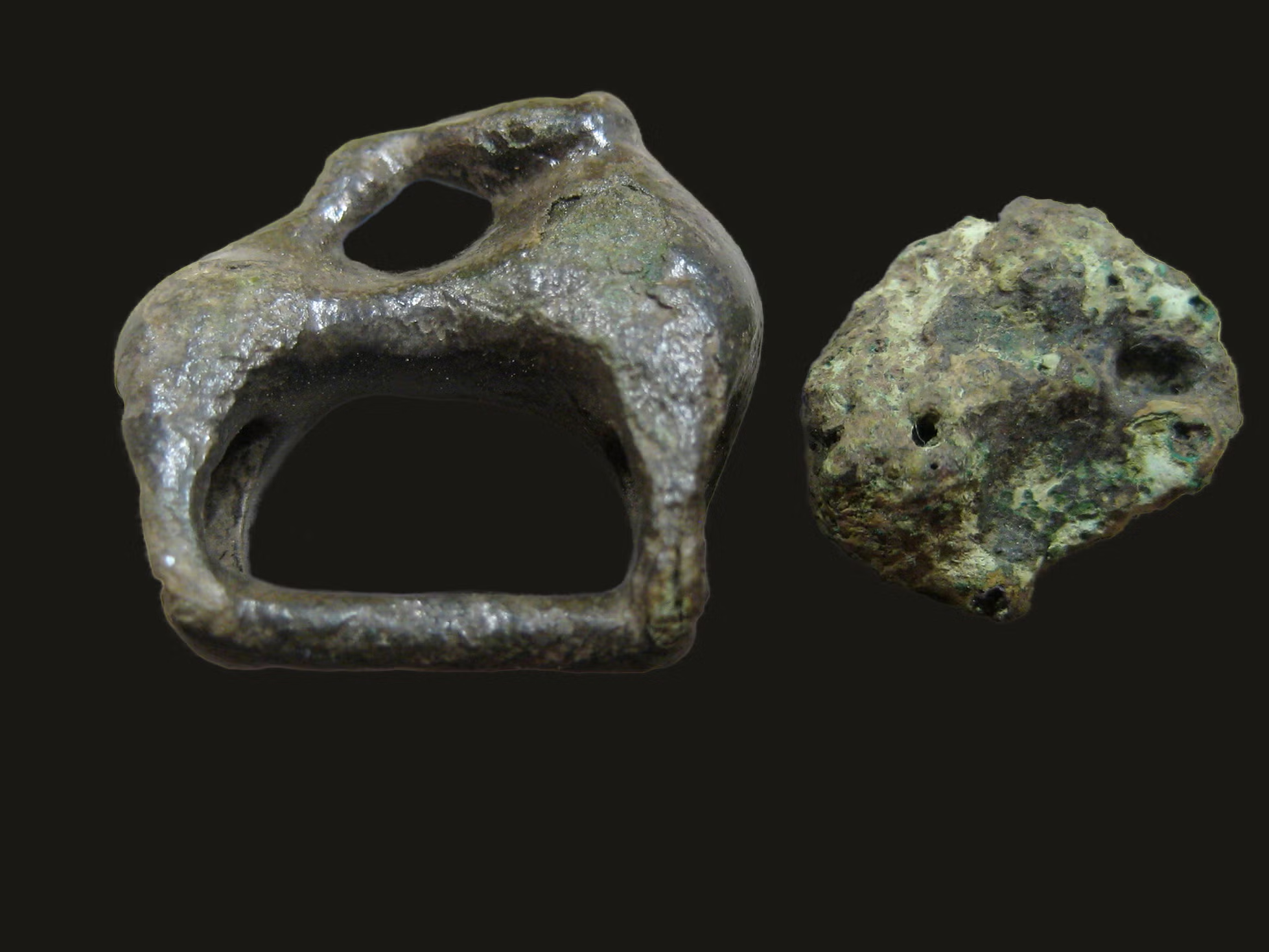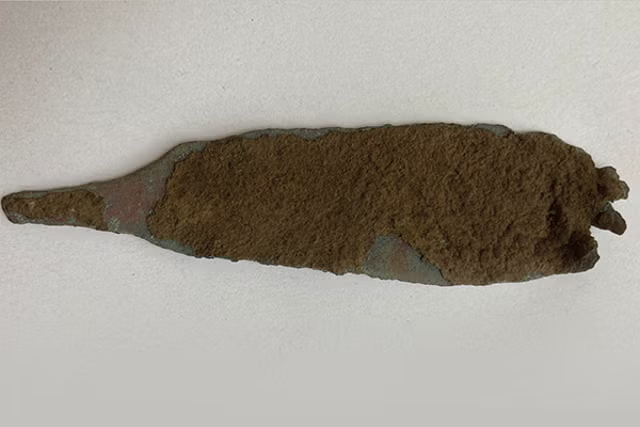Your support helps us to tell the story
Support NowThis election is still a dead heat, according to most polls. In a fight with such wafer-thin margins, we need reporters on the ground talking to the people Trump and Harris are courting. Your support allows us to keep sending journalists to the story.
The Independent is trusted by 27 million Americans from across the entire political spectrum every month. Unlike many other quality news outlets, we choose not to lock you out of our reporting and analysis with paywalls. But quality journalism must still be paid for.
Help us keep bring these critical stories to light. Your support makes all the difference.
Archaeologists in Sweden have discovered a mysterious Viking Age burial ground with graves shaped like stone ships.
As many as 139 of these graves have been found so far at the site near Varberg, containing remains of people and dogs as well as a trove of artefacts.
The cemetery is located near two ancient trade routes: the Tvååkersån river and a road known as Järnbäravägen, said Arkeologerna, a division of the Swedish National Historical Museums.
As this land was used over the following centuries, ploughed down and levelled to cultivate crops and create pastures, the ancient superstructures disappeared and the Viking Age graves were broken.
A dig, however, unearthed the remains of a 50-metre-long ship-like formation made from stones on a ridge near the burial ground and three large shipwreck-like stone formations.

The dig also found a square pit containing three large fire pits and a layer of fire-cracked stones, archaeologists said. The square pit was likely made to help create good airflow for a pyre above the ground.
Archaeologists have so far found about 20 vessels, human and animal bones, iron arrowheads, and woven weights at the burial site as well as costume buckles, ceramics and a clip of an Arab silver coin dated from 795-806AD.
Most of the artefacts seem to be “heavily affected by fire”.

“After the dead have been burned, unburnt animals have been placed on top, before finally closing the graves. The most common were cattle such as cows, and it is probably about food sacrifice,” project manager Petra Nordin said.
It is not yet clear where the people buried at the cemetery were from.

Archaeologists suspect the Tvååker area, mentioned in early historical sources, was home to a village that expanded heavily during the older Viking Age.
This makes it an important site to unravel the puzzle of Iron Age habitations in the area.
Disclaimer: The copyright of this article belongs to the original author. Reposting this article is solely for the purpose of information dissemination and does not constitute any investment advice. If there is any infringement, please contact us immediately. We will make corrections or deletions as necessary. Thank you.



